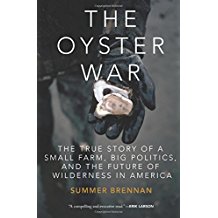The Natural History Society book club’s selection for October 2017 is The Olympic Rain Forest: An Ecological Web by Ruth Kirk and Jerry Franklin. We will meet on Monday, October 23, 3:30-5:00 at the Pink House (next to the Port Townsend library).
Ruth Kirk and Jerry Franklin examine the unique ecological web of the temperate-zone rain forest that exists in the two thousand miles of coast from Coos Bay, Oregon, to the Gulf of Alaska. The forest’s productivity and sheer biomass per square mile are among the world’s greatest. The Olympic Rain Forest reveals the beauty and intricacy of the forest while summarizing scientific understanding of the components of this ecological web and their interactions. Numerous photographs capture the grandeur of this magnificent forest.

 On September 27, 2017, the Natural History Society walked along the far west end of the Larry Scott Trail.
On September 27, 2017, the Natural History Society walked along the far west end of the Larry Scott Trail. We suggested bringing water, layers of clothing, hiking shoes, binoculars, and field guides. Michele at
We suggested bringing water, layers of clothing, hiking shoes, binoculars, and field guides. Michele at 

 We then visited the Elwha River interpretive center, where murals and signage outline the history of human interaction with the Elwha River.
We then visited the Elwha River interpretive center, where murals and signage outline the history of human interaction with the Elwha River.